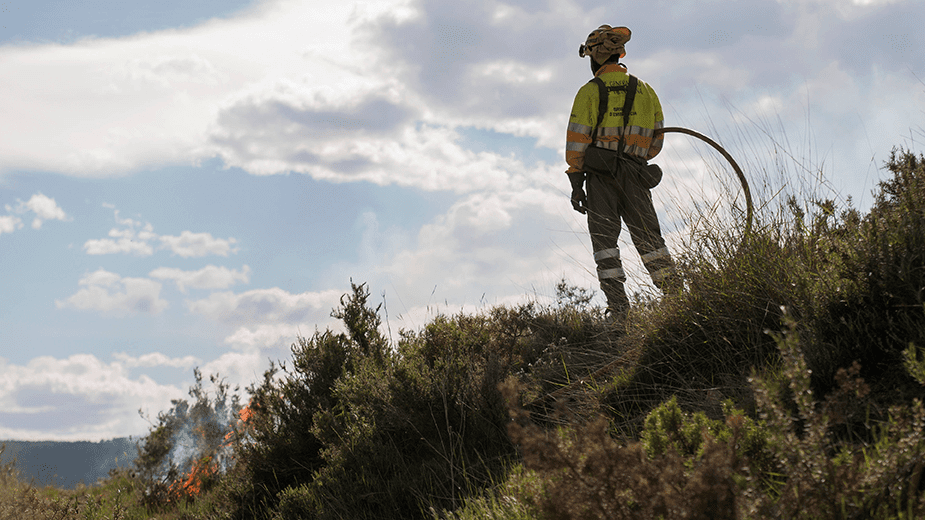Prepare your property for wildfire, then review plans annually

Be proactive about preparing for the danger of wildfires.
Even if you’ve taken precautions to make your home or business resistant to wildfire, take time each year to review your preparations.
Let’s discuss the why, the what and the how of wildfire preparation for homeowners and business owners. Find additional tips on our Wildfires page.
THE WHY – THE IMPORTANCE OF PREPARATION
Do it before the “crazy” time hits. Making preparations in advance can minimize the pressure during an event.
When the wildfire is on its way, it is too late.
Don’t fear the unknown – embrace it and prepare for it.
THE WHAT – BE PROACTIVE
Develop an emergency preparedness plan with everyone in your home or business.
Assess and address your family’s unique situation:
Do you have young children, elderly family members, members with special needs or disabilities? Do you own pets or adored collections? Do you employ household staff?
Look around the house and make a checklist of important items.
Assess and address your business’ unique situation:
Do you have employees with children?
Are there hazardous or flammable materials on site?
Plan for worst-case scenario; if something less than that happens, you will be good to go!
Know your evacuation routes. Establish several routes in case roads are blocked or closed.
Build an emergency kit with a 3-day supply of water and food per person.
Consider kit locations:
Home – keep it in a designated place that everyone knows
Work – be prepared to shelter in place at work for at least 24 hours
Vehicle – keep a kit in your car in case you get stranded
Assemble individual “go bags” for every member of the family, including pets, as well as for each employee.
Label them for easy identification.
Make sure they are easy to locate quickly.
The bag should be portable; a backpack is ideal.
Prepare your home or business to stand on its own, unattended, during a wildfire.
Build with non-combustible materials.
Clear brush to create defensible space between your structure and wildland.
Trim overhanging trees.
Keep roofs clear of pine needles, leaves or other debris.
Rake leaves away from under decks or fences or other attachments.
Move wood piles at least 30 feet away from the building and cover with a fire-resistant covering.
Make sure your property or business is accessible to first responders.
Ensure your home or business has legible and clearly marked street numbers.
Driveways should be at least 12 feet wide with a vertical clearance of 15 feet for emergency vehicle access.
For gated properties, install a security box for keys or leave your gate propped open if you must evacuate.
THE HOW – MOVE FROM THEORY TO ACTION
Obey all evacuation orders by local authorities.
Stay aware of the latest news and updates from local media and fire department.
Practice your plan to identify gaps and create strategies to fill those gaps.
This loss control information is advisory only. The authors assume no responsibility for management or control of loss control activities. Not all exposures are identified in this article.







